A display analyst shared that Apple has shifted from traditional red KSF phosphor film to quantum dot film in the latest MacBook Pro models with M4.
Quantum dot technology isn't new, in fact, Apple has been investigating its use in displays since at least 2014. By replacing the layer of phosphor film with nanocrystals made from semiconductor material called quantum dots, displays can display brighter and more vibrant colors.
According to DSCC analyst Ross Young in a post on X, Apple didn't previously use quantum dot film because of its use of the toxic material cadmium. However, that has changed with the release of the MacBook Pro with M4.
The latest cadmium-free quantum dot films have reportedly shown improved color and motion performance — even surpassing previous films with cadmium. This has allowed Apple to shift to the superior film from red KSF phosphor.
Big Apple display news, they have adopted quantum dots for the first time. The latest MacBook Pro's (M4) use a quantum dot (QD) film rather than a red KSF phosphor film.
— Ross Young (@DSCCRoss) November 14, 2024
In the past, Apple went with the KSF solution due to better efficiency and lack of cadmium (Cd), but the pic.twitter.com/5olq9lEHs9
Generally speaking, users may not notice the difference unless viewing very specific examples meant to emphasize the effect. However, the technology does make the display better overall.
Quantum dots are man-made nanocrystals that exhibit quantum mechanical characteristics. They emit light isotropically after being excited by the backlight.
The effect brings the LED display closer to the color range and performance of OLED. However, that doesn't mean MacBook Pro wouldn't benefit from shifting to OLED in a future model.
What it does mean is that Apple may want to continue to use the mini-LED backlit panels for a while longer while OLED panel prices continue to drop. Previous rumors suggest 2026 for Apple's first OLED MacBook Pro.
 Wesley Hilliard
Wesley Hilliard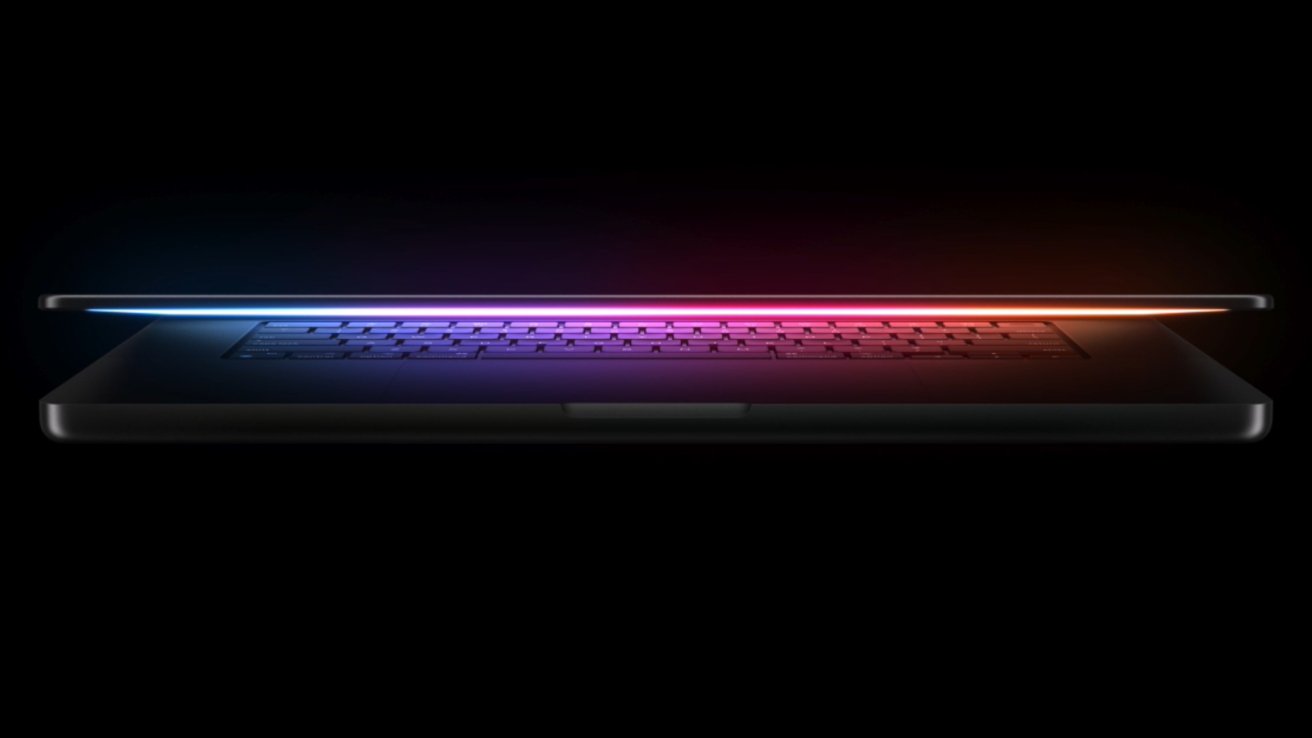

-m.jpg)






 Amber Neely
Amber Neely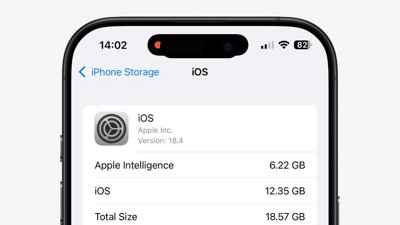
 William Gallagher
William Gallagher
 Sponsored Content
Sponsored Content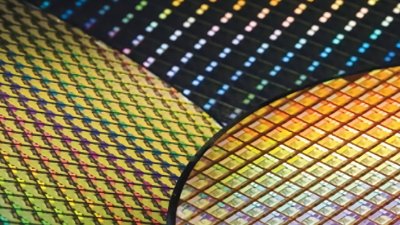
 Malcolm Owen
Malcolm Owen
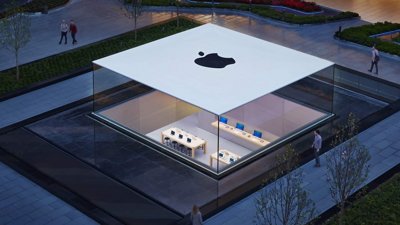
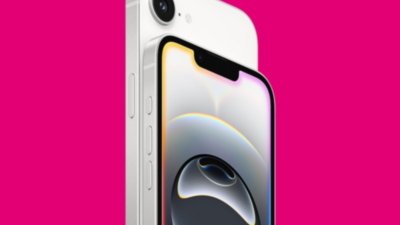
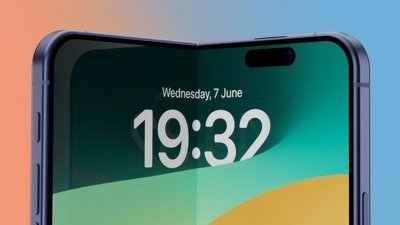









22 Comments
Strange they didn’t mention that change considering they sometimes talk about the smallest updates as the biggest change ever
It's honestly insane to me how these displays just keep getting better. I remember when I got my first "Retina" MBP in 2014, I was completely floored. Then the "Liquid Retina XDR" MBP in 2021 blew my mind again. And I'm sure this isn't a mind-blowing innovation on its own, but it all adds up.
Don’t innovate anymore my ass.
I wonder what effect this has with the optional Nano Texture display. I just received my new M4 Max MacBook Pro. I ordered it with the Nano Texture display to avoid reflections on the screen and it definitely stops reflections. However, I am wondering whether I have made a mistake as it does seem kind of flat. I mostly use it for photo editing in Lightroom and Photoshop. I guess time will tell as I use it but I was wondering also what other folks experience is with the Nano Texture display .